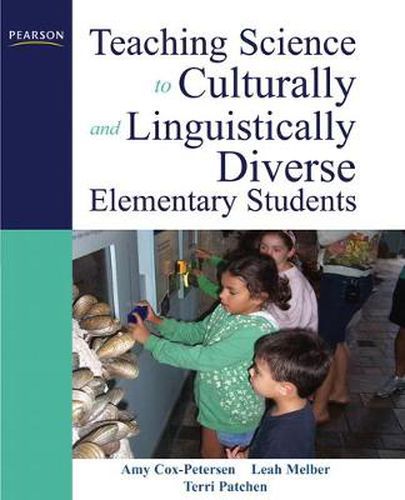Readings Newsletter
Become a Readings Member to make your shopping experience even easier.
Sign in or sign up for free!
You’re not far away from qualifying for FREE standard shipping within Australia
You’ve qualified for FREE standard shipping within Australia
The cart is loading…






Teaching Science to Culturally and Linguistically Diverse Elementary Students helps K-8 teachers implement culturally relevant instructional strategies to ensure that all students, regardless of race, ethnicity, or socioeconomic class, can do science, like science, and become scientists if they choose.
In America’s increasingly diverse classrooms, science is not always presented in a way that is meaningful to all students. With this in mind, this book outlines 8 culturally relevant strategies for teaching scienceto help ensure all students have access to inquiry-based, interactive, and experiential science learning. Written to encourage inclusive practices, the book shows how to teach science using students’ experiences, how to integrate science and literacy and how to use alternative methods to assess students’ understanding of science.
$9.00 standard shipping within Australia
FREE standard shipping within Australia for orders over $100.00
Express & International shipping calculated at checkout
Teaching Science to Culturally and Linguistically Diverse Elementary Students helps K-8 teachers implement culturally relevant instructional strategies to ensure that all students, regardless of race, ethnicity, or socioeconomic class, can do science, like science, and become scientists if they choose.
In America’s increasingly diverse classrooms, science is not always presented in a way that is meaningful to all students. With this in mind, this book outlines 8 culturally relevant strategies for teaching scienceto help ensure all students have access to inquiry-based, interactive, and experiential science learning. Written to encourage inclusive practices, the book shows how to teach science using students’ experiences, how to integrate science and literacy and how to use alternative methods to assess students’ understanding of science.